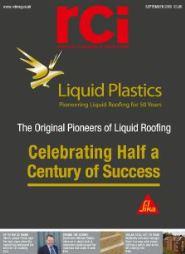Whilst it is perfectly understandable that the cladding itself ‘practical, innovative and visually striking’ should be the star of the show, it is worth remembering that in order for the cladding to do its job effectively, there are a host of other construction materials hard at work ‘behind the scenes’.
Depending on the system used, there will be brackets, rails, base tracks, insulation material, fire-stopping intumescent products, vapour barriers and sheathing panels. All of these components carry out vital functions and ensure the building envelope performs to the standards required by the various pertinent building regulations but it is, perhaps, the sheathing panels (provided the right product is specified, of course) that can bring the broadest range of benefits.
Our latest editorial from RCI Magazine.



Recent Comments